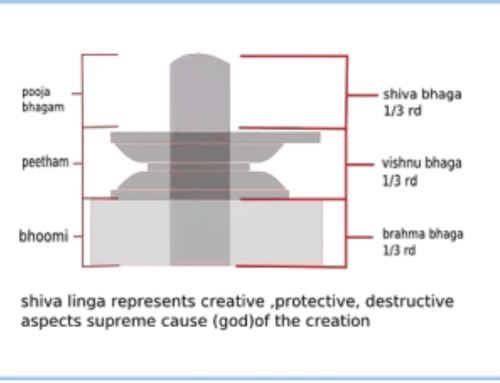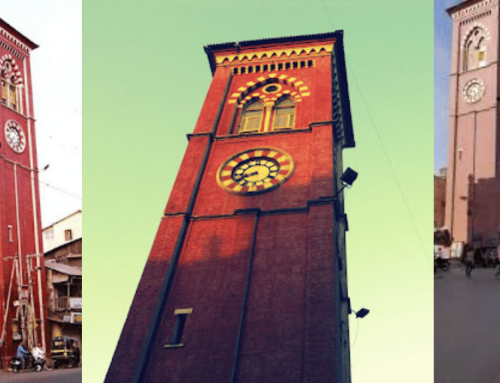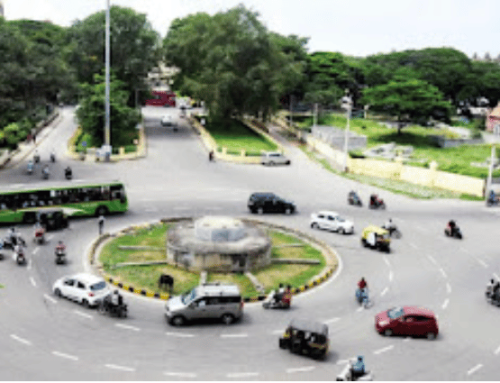A Hindu temple symbolizes reconstruction of the universe and the universal principles that enable everything in it to function. It projects Hindu philosophy and its diverse views on the cosmos and on truth and contains various deities. The sanctum or garbhagriha or womb of the temple has the main deity or deities. Almost all historical temples are associated with legends about the origin of the consecrated primary deity or deities mostly made of hard stones. Wooden deities are rare ones as at Jagannath temple Puri temple, Odisha.
The Jagannath Temple of Puri, Odisha, like many Hindu temple across India is shrouded in myth and legend with its origins dating back to ancient times. The story of its inception intertwines with the devotion of King Indrayumna and the divine presence of Lord Krishna.
According to one version of the legend, King Indrayumna of Puri was a devout follower of Lord Vishnu. He yearned to witness the most sacred form of the deity. His quest for a divine vision led him to hear about an extraordinary idol of Lord Krishna that had emerged from the sea at Dwarka, where Krishna’s cremated remains had been immersed. The idol had appeared to the humble local tribes, who revered the god deeply. Indrayumna, driven by devotion but blinded by arrogance, attempted to claim the idol for himself. However, as he approached, the idol vanished, leaving the king filled with remorse and seeking redemption.
Determined to atone for his actions and sanctify Krishna in another form, Indrayumna resolved to build a grand temple. In his dreams, he saw Krishna’s body floating back to his shores as a log. He interpreted this as a divine sign and decided to carve idols from this sacred wood. Seeking the perfect craftsman, he encountered an old carpenter who claimed to be Vishwakarma, the divine architect. Vishwakarma agreed to sculpt the idols on the condition that he would not be disturbed until his work was complete. The king consented, and Vishwakarma began his work in secrecy.
Days turned into weeks, and the king grew anxious. He feared that the carpenter might have met with some misfortune. Unable to contain his worry, Indrayumna broke his promise and opened the doors to Vishwakarma’s workshop. To his astonishment, he found the images of Krishna, his brother Balabhadra, and sister Subhadra, but they were only half-finished. At that moment, Vishwakarma disappeared, leaving the incomplete idols behind. Indrayumna, believing these idols to be imbued with the divine essence, sanctified them and installed them in the temple.
The tradition of incomplete idols continued, with the wooden deities being replaced every 12 years in a grand ceremony called Nabakalebara. Each time, new wood is used to carve the idols in the same unfinished form, symbolizing the perpetual and cyclical nature of life and divinity. The most recent Nabakalebara took place in 2015.
The Jagannath Temple’s legend extends beyond its origins, encompassing its unique rituals and the famous Rath Yatra festival. During this festival, the idols of Jagannath, Balabhadra, and Subhadra are placed on gigantic chariots and pulled through the streets of Puri by thousands of devotees. This event symbolizes the annual visit of the deities to their garden palace in the countryside, allowing all devotees, regardless of caste or creed, to have a glimpse of the divine.
An intriguing connection between Dwarka and Puri is illustrated in another part of the legend involving Shree Sarangdasji, a Hindu saint and temple priest from Gujarat. Around 500 years ago, he visited Puri to offer prayers and received a divine vision instructing him to install idols of Jagannath, Balabhadra, and Subhadra in Ahmedabad. This vision led to the establishment of the Ahmedabad Jagannath Temple and the commencement of its own Rath Yatra, thus linking the two sacred sites.
Despite the spiritual significance, recent years have seen controversies, particularly regarding the use of elephants in the Rath Yatra. The elephants, traditionally used to pull the chariots, faced a perilous 3,100-kilometer journey from Assam to Gujarat. Following protests and a court intervention, this practice was suspended, highlighting the ongoing tension between tradition and modern ethical standards.
The Jagannath Temple’s legend is a testament to the deep-rooted devotion and cultural heritage that continues to inspire millions of followers, preserving the timeless legacy of Lord Jagannath and the enduring spirit of Puri. The wooden idols of Puri temple owe their origin in tribal worship and the deep devotion the tribes had for Sri Krishna who never fails to come to rescue of devotees regarless of their origin.


